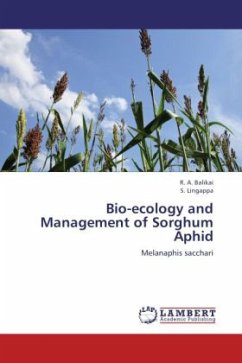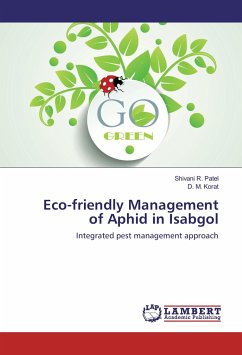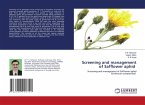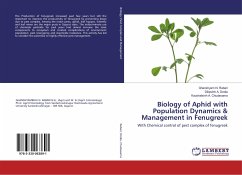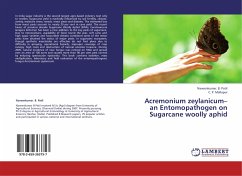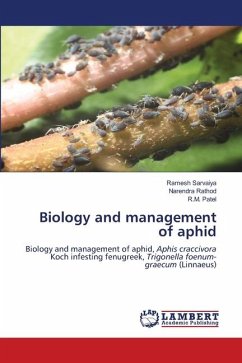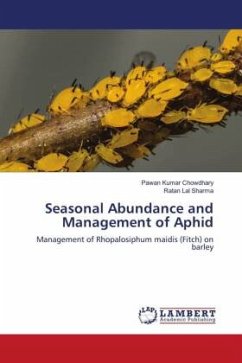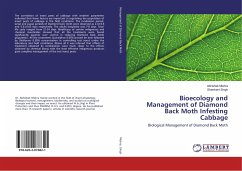Aphid, Melanaphis sacchari appeared in 48th or 49th standard week (SW) and peaked in 3rd or 4th SW and declined thereafter before disappearing in 7th SW on rabi (post-rainy) sorghum. The loss in grain and fodder yield due to aphid was 16.09 and 14.99 %, respectively. Maximum loss in protein, total mineral and fat contents of grains was recorded in the crop sown during September III week. When aphids were released on the crop at 60 days after sowing, there was maximum reduction in grain and fodder yield to the extent of 40.17 and 39.11 per cent, respectively. The avoidable loss in the grain and fodder yield was 23.72 and 22.01 per cent, respectively in different genotypes. Application of endosulfan 35 EC @ 0.07%, alfamethrin 10 EC @ 0.25 ml/l, Vinca rosea leaves @ 5%, Pongamia pinnata kernels @ 2%, P. pinnata leaves @ 5%, Azadirachta indica kernels @ 5%, Vitex negundo leaves @ 5% and malathion 5 D @ 20 kg/ha caused highest mortality of aphids, resulting in higher grain yield, fodder yield and 1000 grain weight.
Bitte wählen Sie Ihr Anliegen aus.
Rechnungen
Retourenschein anfordern
Bestellstatus
Storno

